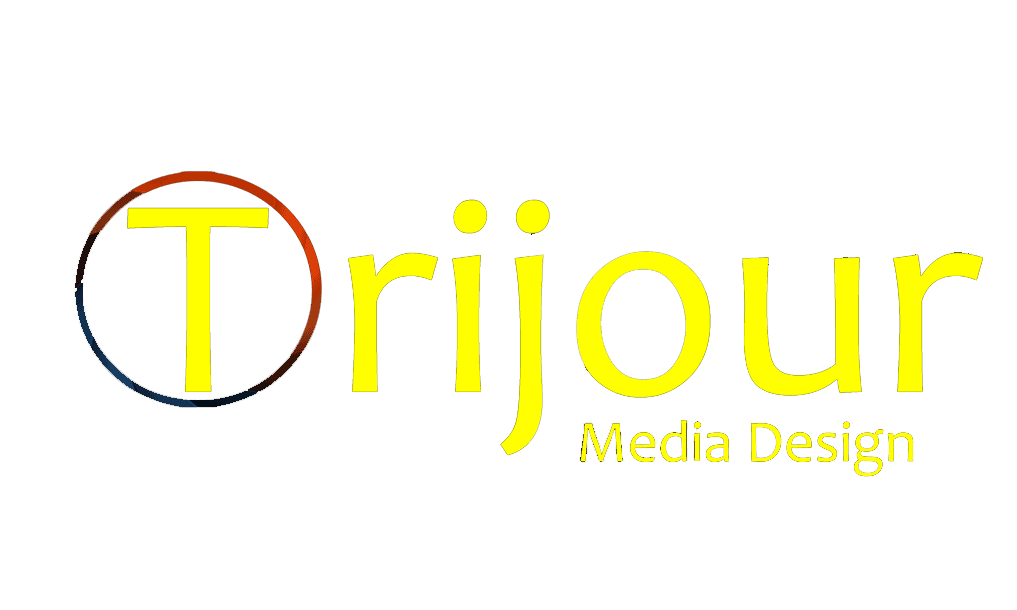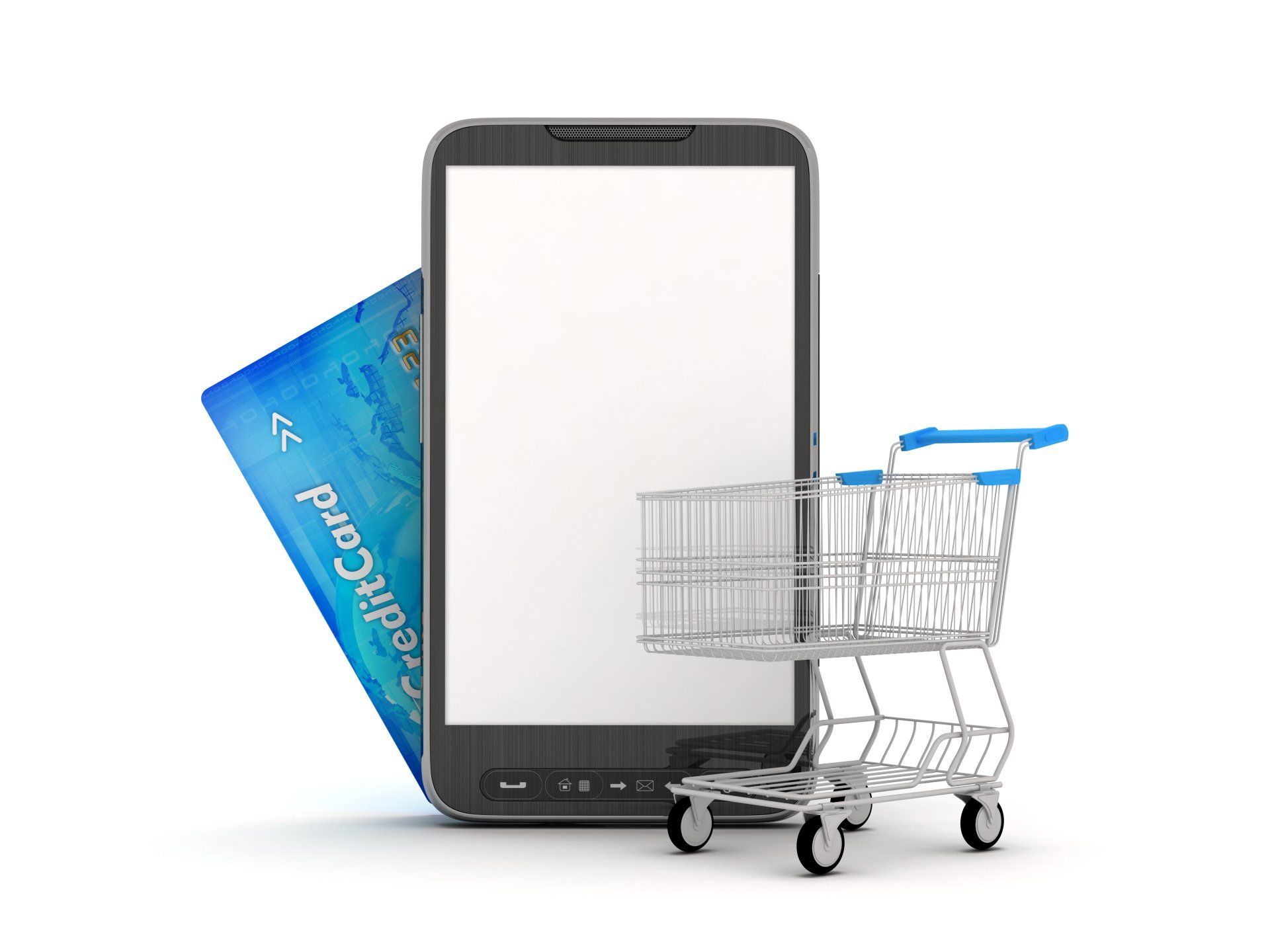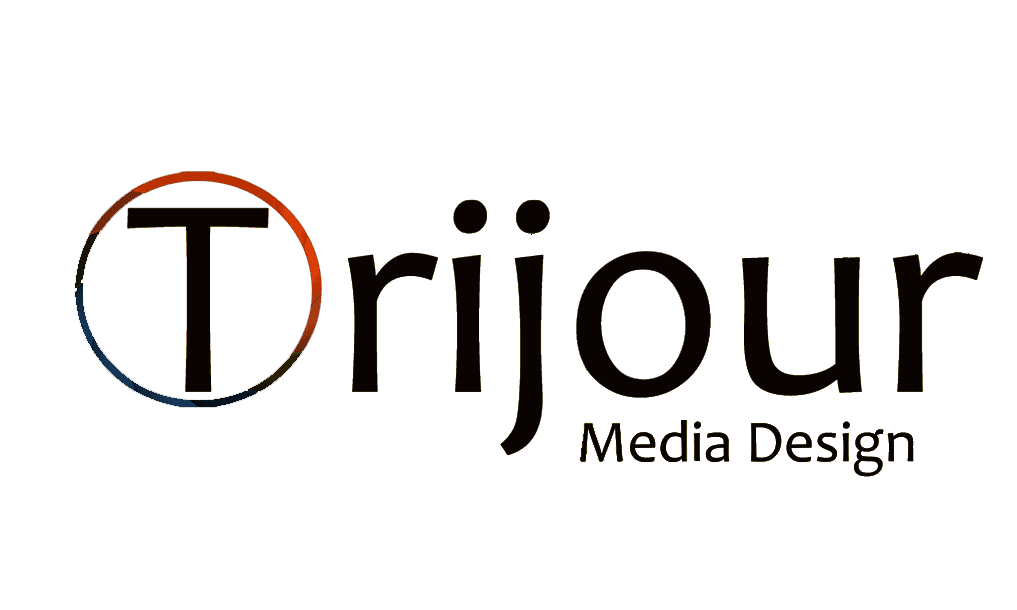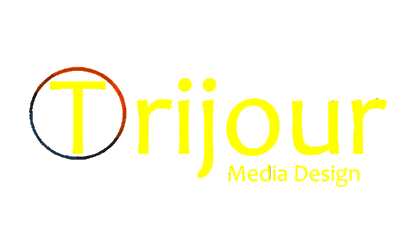INTERNET TERMS & DEFINITIONS
Understanding through education. It's always good to ask questions.
ADWORDS
Is an online advertising service developed by Google, where advertisers pay to display brief advertising copy, product listings, and video content within the Google ad network to web users. [2] Google AdWords' system is based partly on cookies and partly on keywords determined by advertisers. Google uses these characteristics to place advertising copy on pages where they think it might be relevant. Advertisers pay when users divert their browsing to click on the advertising copy. Partner websites receive a portion of the generated income.
Mentions:
Home Page,
ALEXA
Is an American company based in California that provides commercial web traffic data and analytics. It is a subsidiary of Amazon.
ALGORITHM
The collection and manipulation of items of data to produce meaningful information. Google uses algorithms to determine website rankings based on keywords and phrases.
ALT ATTRIBUTE
The alt attribute is the HTML attribute used in HTML and XHTML documents to specify alternative text (alt text) that is to be rendered when the element to which it is applied cannot be rendered.
ANALYTICS
Is the discovery, interpretation, and communication of meaningful patterns in data. Especially valuable in areas rich with recorded information, analytics relies on the simultaneous application of statistics, computer programming and operations research to quantify performance.
ANCHOR TEXT
The visible, clickable text in a hyperlink. The words contained in the anchor text can determine the ranking that the page will receive by search engines. Since 1998, some web browsers have added the ability to show a tooltip for a hyperlink before it is selected. Not all links have anchor texts because it may be obvious where the link will lead due to the context in which it is used. Anchor texts normally remain below 60 characters. Different browsers will display anchor texts differently. Usually, web search engines analyze anchor text from hyperlinks on web pages.
APPLICATION PROGRAM INTERFACE (API)
Is a set of subroutine definitions, protocols, and tools for building application software. In general terms, it is a set of clearly defined methods of communication between various software components. A good API makes it easier to develop a computer program by providing all the building blocks, which are then put together by the programmer.
BACKLINKS
Backlinks are links from outside sources (other domains) that point, or direct, to your domain website. The value of the backlink is based on the authority of the linking website. The more respected and known the liking website the more value the backlink has.
BLOG
A discussion or informational website published on the World Wide Web consisting of discrete, often informal diary-style text entries ("posts"). Posts are typically displayed in reverse chronological order, so that the most recent post appears first, at the top of the web page.
BRAND
A name, term, design, symbol, or other feature that distinguishes an organization or product from its rivals in the eyes of the customer.
BROKEN LINK
Broken or dead link, a link that, having suffered link rot, points to a webpage or server that is no longer available on the World Wide Web
CLICK-THROUGH RATE (CTR)
Is the ratio of users who click on a specific link to the number of total users who view a page, email, or advertisement. It is commonly used to measure the success of an online advertising campaign for a particular website as well as the effectiveness of email campaigns.
CONTENT
is the textual, visual, or aural content that is encountered as part of the user experience on websites. It may include—among other things—text, images, sounds, videos, and animations.
CONTENT MANAGEMENT SYSTEM (CMS)
Manages the creation and modification of digital content. It typically supports multiple users in a collaborative environment.
CONVERSION RATE
The conversion rate is the proportion of visitors to a website who take action to go beyond a casual content view or website visit, as a result of subtle or direct requests from marketers, advertisers, and content creators.
COOKIES
Is a small piece of data sent from a website and stored on the user's computer by the user's web browser while the user is browsing.
COST PER CLICK (CPC)
Is an internet advertising model used to direct traffic to websites, in which an advertiser pays a publisher (typically a website owner or a network of websites) when the ad is clicked.
CRAWLER
Sometimes called a spider, is an Internet bot that systematically browses the World Wide Web, typically for the purpose of Web indexing (web spidering).
DEMOGRAPHICS
Is the statistical study of populations, especially human beings. As a very general science, it can analyze any kind of dynamic living population.
DIRECTORIES
A software application for organizing information about a computer network's users and resources.
DISPLAY ADVERTISING
Is advertising on websites or apps through banners or other ad formats made of text, images, flash, video, and audio.[1] The main purpose of display advertising is to deliver general advertisements and brand messages to site visitors.
DOMAIN NAME
Is an identification string that defines a realm of administrative autonomy, authority or control within the Internet.
ECOMMERCE
Is the activity of buying or selling of products on online services or over the internet.
EXTERNAL LINK
Is a type of hyperlink on a web page to another page or resource, such as an image or document, on the same website or domain.
FAVICON
(short for favorite icon), also known as a shortcut icon, website icon, tab icon, URL icon, or bookmark icon, is a file containing one or more small icons,[1] associated with a particular website or web page. Most commonly known as the small icon on the tabs of your browser.
FILE TRANSFER PROTOCOL (FTP)
Is a standard network protocol used for the transfer of computer files between a client and server on a computer network.
FLAT DESIGN
Flat design is a style of interface design emphasizing minimum use of stylistic elements that give the illusion of three dimensions (such as the use of drop shadows, gradients or textures)[1] and is focused on a minimalist use of simple elements, typography and flat colors.
GEO-TAGS
is the process of adding geographical identification metadata to various media such as a geo tagged photograph or video, websites, SMS messages, QR Codes
GEO-TARGETING
Is the method of determining the geolocation of a website visitor and delivering different content to that visitor based on their location and landing page entry point.
GOOGLE WEBMASTER TOOLS
Is a no-charge web service by Google for webmasters. It allows webmasters to check indexing status and optimize visibility of their websites.
GOOGLEBOT
Is the search bot software used by Google, which collects documents from the web to build a searchable index for the Google Search engine.
HOMEPAGE
A home page is generally the main page a visitor navigating to a website from a web search engine will see, and it may also serve as a landing page to attract visitors.
HYPERTEXT TRANSFER PROTOCOL(HTTP)
is an application protocol for distributed, collaborative, and hypermedia information systems.[1] HTTP is the foundation of data communication for the World Wide Web.
INFOGRAPHIC
A graphic visual representations of information, data or knowledge intended to present information quickly and clearly.
JAVASCRIPT
Alongside HTML and CSS, JavaScript is one of the three core technologies of the World Wide Web.[7] JavaScript enables interactive web pages and thus is an essential part of web applications. The vast majority of websites use it,[8] and all major web browsers have a dedicated JavaScript engine to execute it.
KEYWORD
A word or identifier that has a particular meaning to the programming language.
LANDING PAGE
A landing page, sometimes known as a "lead capture page" or a "lander", or a "destination page", is a single web page that appears in response to clicking on a search engine optimized search result or an online advertisement.
LINK BUILDING
In the field of search engine optimization, link building describes actions aimed at increasing the number and quality of inbound links to a webpage with the goal of increasing the search engine rankings of that page or website.
LINK POPULARITY
Is based on the number on inbound links from websites. Google uses backlinks to serve as a ranking meter.
LOCAL CITATIONS
Locations where your company is listed and/or mentioned online. Citations are very effective for building your local rankings.
LOCAL SEARCH
Is the use of specialized Internet search engines that allow users to submit geographically constrained searches against a structured database of local business listings.
META DESCRIPTION
are tags used in HTML and XHTML documents to provide structured metadata about a Web page.
META TAGS
Are keywords added to images to build search engine algorithms understanding of a web page content.
ORGANIC SEARCH RESULTS
Is a method for entering one or several search terms as a single string of text into a search engine.
PAGERANK (PR)
is an algorithm used by Google Search to rank websites in their search engine results. PageRank was named after Larry Page,[1] one of the founders of Google. PageRank is a way of measuring the importance of website pages.
POP-UPS
Pop-up ads or pop-ups are forms of online advertising on the World Wide Web.[1] A pop-up is a graphical user interface (GUI) display area, usually a small window, that suddenly appears ("pops up") in the foreground of the visual interface. The pop-up window containing an advertisement is usually generated by JavaScript that uses cross-site scripting (XSS), sometimes with a secondary payload that uses Adobe Flash.[2] They can also be generated by other vulnerabilities/security holes in browser security. Pop-ups can be used to display advertisements.
PORTABLE DOCUMENT FORMAT (PDF)
Is a file format developed in the 1990's to present documents, including text formatting and images, in a manner independent of application software, hardware, and operating systems.
PRIVATE NETWORK
A private network is any connection within a specified network wherein restrictions are established to promote a secured environment. This type of network can be configured in such a way that devices outside the network cannot access it. Only a selected set of devices can access this type of network depending on the settings encoded in the network routers and access points. On the other hand, a public network is defined as a network that anyone can freely connect to little or no restriction. Source: Techopedia
REPUTATION MANAGEMENT
Refers to the influencing and controlling of an individual's or group's reputation.
RICH MEDIA CITATIONS
Citations with added video and meta tagged pictures that increase exposure and reach higher on local search engines.
SEARCH ENGINE RESULTS PAGE (SERP)
is the page displayed by a web search engine in response to a query by a searcher. The main component of the SERP is the listing of results that are returned by the search engine in response to a keyword query, although the page may also contain other results such as advertisements.
USER EXPERIENCE (UX)
Refers to a person's emotions and attitudes about using a particular product, system or service. It includes the practical, experiential, effective, meaningful and valuable aspects of human–computer interaction and product ownership. Additionally, it includes a person’s perceptions of system aspects such as utility, ease of use and efficiency.
USER INTERFACE DESIGN (UI)
Is the design of user interfaces for machines and software, such as computers, home appliances, mobile devices, and other electronic devices, with the focus on maximizing usability and the user experience.
WEB NAVIGATION
refers to the process of navigating a network of information resources in the World Wide Web, which is organized as hypertext or hypermedia.[1] The user interface that is used to do so is called a web browser.
Source: Wikipedia










